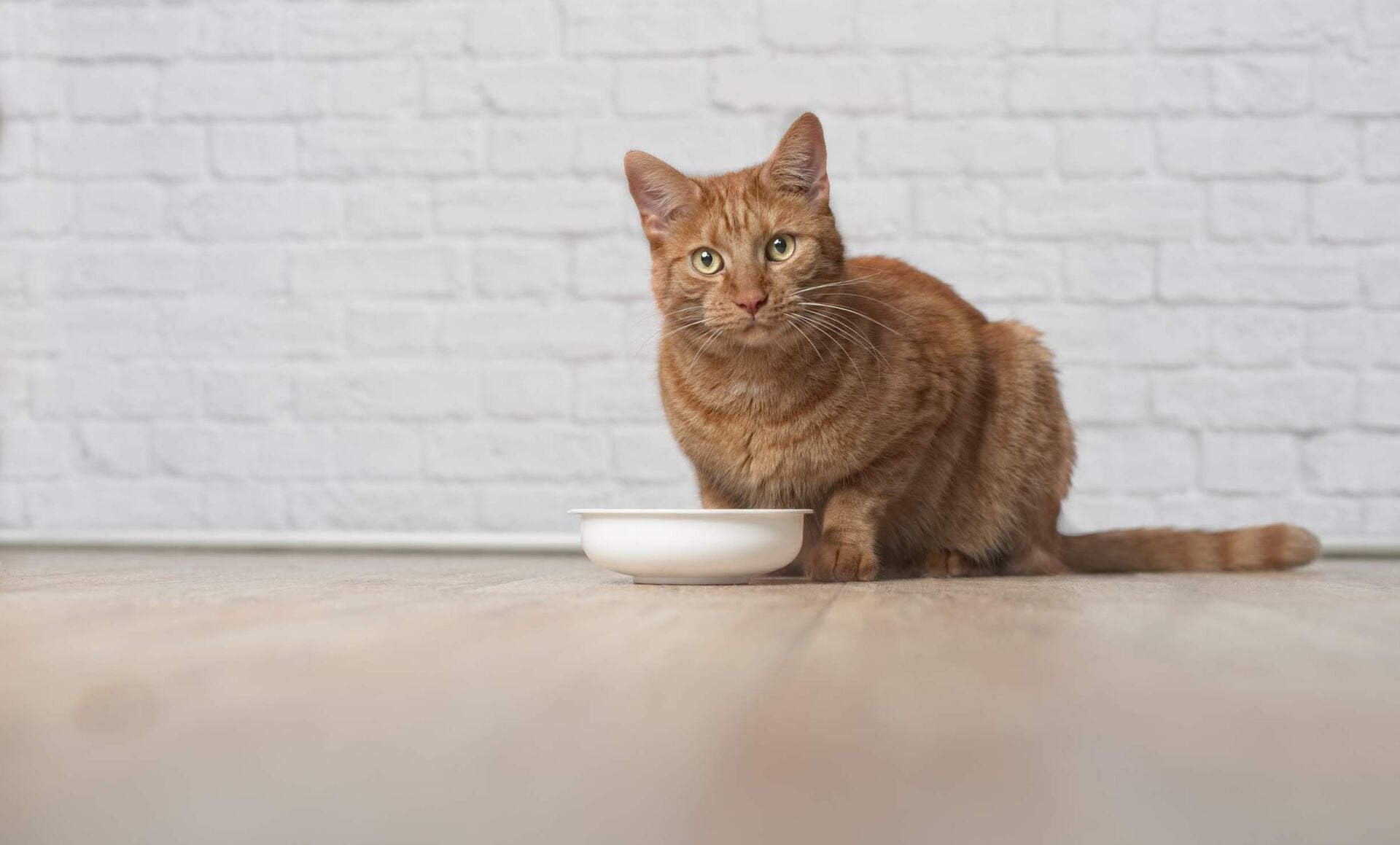Changing Cat Food
Changing your beloved cat's food has turned out to be a mission impossible? Unfortunately, many house cats are picky when it comes to their food. Even if they don't like variety in their bowl at all, it is possible to successfully get your cat used to their new food! We will show you the basic tips you should follow when changing to KATTOVIT so that the new cat food works.
When does a change in feed make sense?
If your cat had to fend for itself, its diet would consist mainly of mice and birds. There is no great variety. But cats don't necessarily need it. As creatures of habit, they are happy when their eating routines remain the same. This not only gives them security, but also gives their digestive tract the chance to adapt to the food. Nevertheless, it may happen from time to time that you have to change your cat's food. A change in food is recommended in the following cases:
- Growing up or aging (changing from kitten to adult or senior food)
- quality change (from low-quality to high-quality feed)
- consistent rejection
- liver diseases
- diabetes mellitus
- urinary stones
- kidney disease
- overweight
- gastrointestinal problems
- pancreatic diseases
- allergies, hypersensitivity or intolerances
Bored in the food bowl? It doesn't have to be that way!
Many food manufacturers offer cat food in different variations that work well together despite the different ingredients and are good for your house cat. With our KATTOVIT range, your cat's meals will never be boring! Our different flavors make eating fun and are tailored to your cat's nutritional needs. This means you can offer your cat variety without changing the brand or type of food. Constantly changing food for no apparent reason is therefore not necessary and not recommended.
[Probierpakete]
Step by step to the new food: How to make the change!
Cats are pure carnivores and do not need constant variety in their food bowl. Their intestinal flora and the entire organism get used to their food. This is also the reason why a constant change in food can lead to digestive problems - especially in cats with health problems. To avoid stomach pain and diarrhea, we recommend changing your cat's food gradually. Plan for this over a week (or a little longer if necessary) and replace a small portion of the familiar food with the new food at each meal. This could look like this:
- Day 1 and 2: 75% old and 25% new food
- Day 3 and 4: 50% old and 50% new food
- Day 5 and 6: 25% old and 75% new food
- from the 7th day: 100% new food
The Food Imprinting of a Cat or Why Your Cat Is Picky
Your cat spurns any food you put in front of it and only wants to eat what it already knows? The rejection of new food doesn't have to have anything to do with the taste. Your cat certainly doesn't want to annoy you either. The reason for its refusal to eat is the so-called food imprinting that it learned as a small kitten. Kittens learn from their mother which food is edible and acceptable as food. If you now want to switch to a new food like KATTOVIT, it can happen that your cat labels it as "inedible". The change from dry to wet food in particular presents cat owners with major challenges. It can help to mix wet and dry food at first before switching completely to wet food. Feeding your cat by hand is also a good trick to get it used to a new food. It also strengthens the bond with your house cat.
Health tip: Some cat owners sprinkle treats on the new food to introduce their cat to it. However, if your cat requires a special diet for health reasons, you should not do this. Cat food that is not tailored to your cat's special diet could be harmful to your furry friend's health. If you have any questions or concerns, we recommend that you consult your veterinarian.
Checklist: With these 5 tips, changing food becomes child's play
Love, patience, sensitivity and consistency are the basic requirements for a successful change in cat food. To ensure that you are well prepared, we have summarised the most important tips:
- Stay calm, patient and relaxed! Your cat senses your tension.
- Take about 1 week to gradually change the food and increase the proportion of the new food every day.
- Create feeding routines by scheduling fixed feeding times (no treats or dry food in between).
- Is your cat ill and needs new food? Wait to switch to special food until your cat feels well again.
- Be consistent. Your cat will quickly learn what to do to get you to give in.
We wish you much success in changing your cat’s food!









